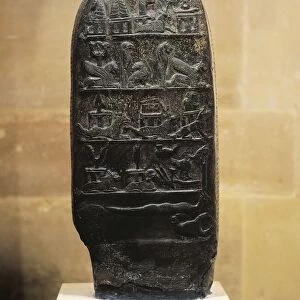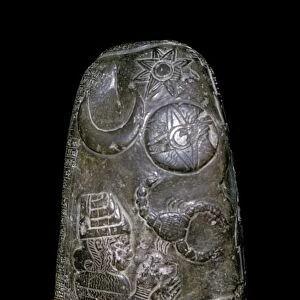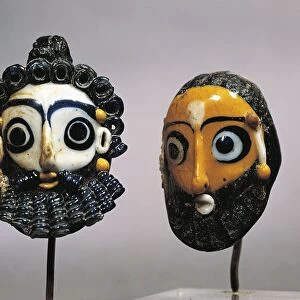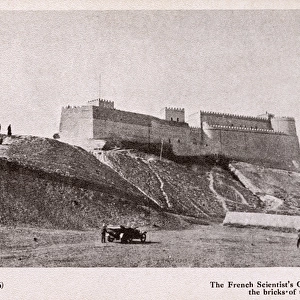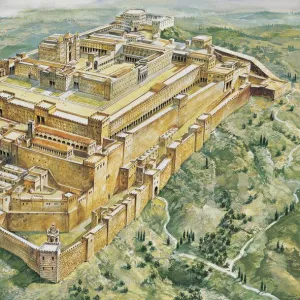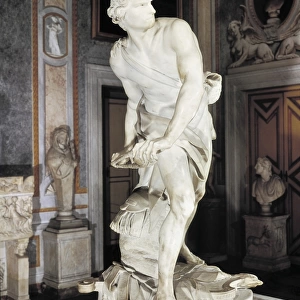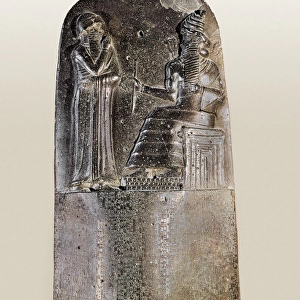Home > Asia > Iran > Iran Heritage Sites > Susa
Black limestone Nazimaruttash kudurru (boundary stone) stone, depicting god Marduk (copy made under Kingdom of Marduk-apal-iddina), from Shush (ancient Susa), Iran
![]()

Wall Art and Photo Gifts from Universal Images Group (UIG)
Black limestone Nazimaruttash kudurru (boundary stone) stone, depicting god Marduk (copy made under Kingdom of Marduk-apal-iddina), from Shush (ancient Susa), Iran
Kassite civilization, 13th century b.C. Black limestone Nazimaruttash kudurru (boundary stone) stone, depicting god Marduk. Copy made under the Kingdom of Marduk-apal-iddina. From Shush, ancient Susa, Iran
Universal Images Group (UIG) manages distribution for many leading specialist agencies worldwide
Media ID 9461323
13th Century Bc Archeology Colored Background Gesturing Iran Mythology Shush Stele Stone Susa Animal Representation Marduk Scorpio
FEATURES IN THESE COLLECTIONS
> Asia
> Iran
> Iran Heritage Sites
> Susa
> Universal Images Group (UIG)
> Art
> Archeology
EDITORS COMMENTS
This print showcases a remarkable piece of ancient art and mythology. The black limestone Nazimaruttash kudurru, also known as a boundary stone, takes us back to the 13th century BC in the Kassite civilization of Iran. This particular copy was made under the Kingdom of Marduk-apal-iddina, adding historical significance to its already mesmerizing presence. The focal point of this stone is an intricately carved depiction of god Marduk. Sitting and gesturing with authority, Marduk exudes power and divinity. The attention to detail in this sculpture is awe-inspiring, revealing the skill and craftsmanship of ancient artists. As we delve into the symbolism portrayed on this kudurru, we can appreciate its rich cultural heritage. With elements such as Scorpio representing protection and animal representations hinting at religious beliefs or mythological tales lost to time, it becomes evident that religion played a significant role in shaping society during that era. Through archeology and discoveries like this one from Shush (ancient Susa), we gain valuable insights into our past civilizations' artistic expressions and belief systems. This studio shot allows us to examine every intricate detail up close against a colored background that enhances its beauty. This print serves as a window into history—a testament to human creativity, spirituality, and our enduring fascination with uncovering the mysteries of our ancestors' lives.
MADE IN THE USA
Safe Shipping with 30 Day Money Back Guarantee
FREE PERSONALISATION*
We are proud to offer a range of customisation features including Personalised Captions, Color Filters and Picture Zoom Tools
SECURE PAYMENTS
We happily accept a wide range of payment options so you can pay for the things you need in the way that is most convenient for you
* Options may vary by product and licensing agreement. Zoomed Pictures can be adjusted in the Cart.


